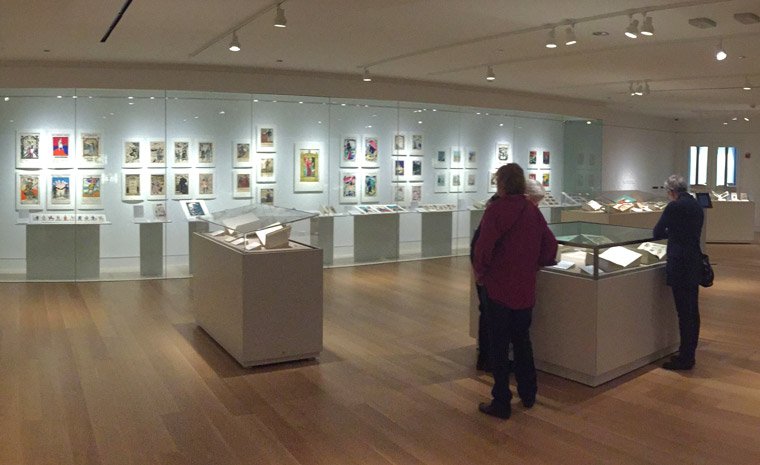Quick, name a printer! Johannes Gutenberg, Aldus Manutius, or John Baskerville might come to mind--men whose printer's devices decorate the hall outside the Special Collections Exhibition Gallery. If asked to name a woman who worked as a printer, however, many of us will draw a blank – though it is not for a lack of women participating in the printing industry. From the earliest era of hand-press printing in late 15th-century Europe, women have worked in the print trade in a variety of roles including as publishers, print shop proprietors, typesetters and compositors, and booksellers. The history of women's contributions to book production have been obscured by the societal constraints placed on women’s labor, and they were often hidden behind the names of men or corporate bodies. If one knows how and where to look, however, it becomes clear that thousands of books in the Library’s rare books collections were printed by women.
Using case studies and the works of women printers from Yolande Bonhomme to Virginia Woolf, this exhibition will explore the following questions: Who qualifies as a printer, and how has that definition changed during 500 years of technological innovations to printing in the West? How did women get into printing professions, and what were the social and economic drivers that facilitated their involvement? How does one identify the work of women printers when women are rarely named in the books they printed?
